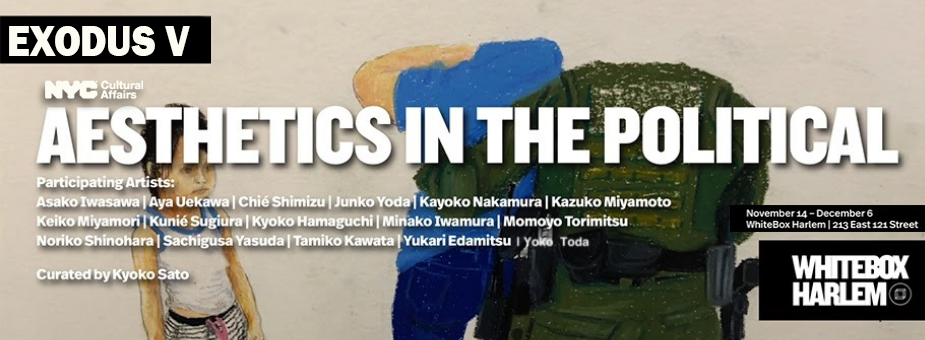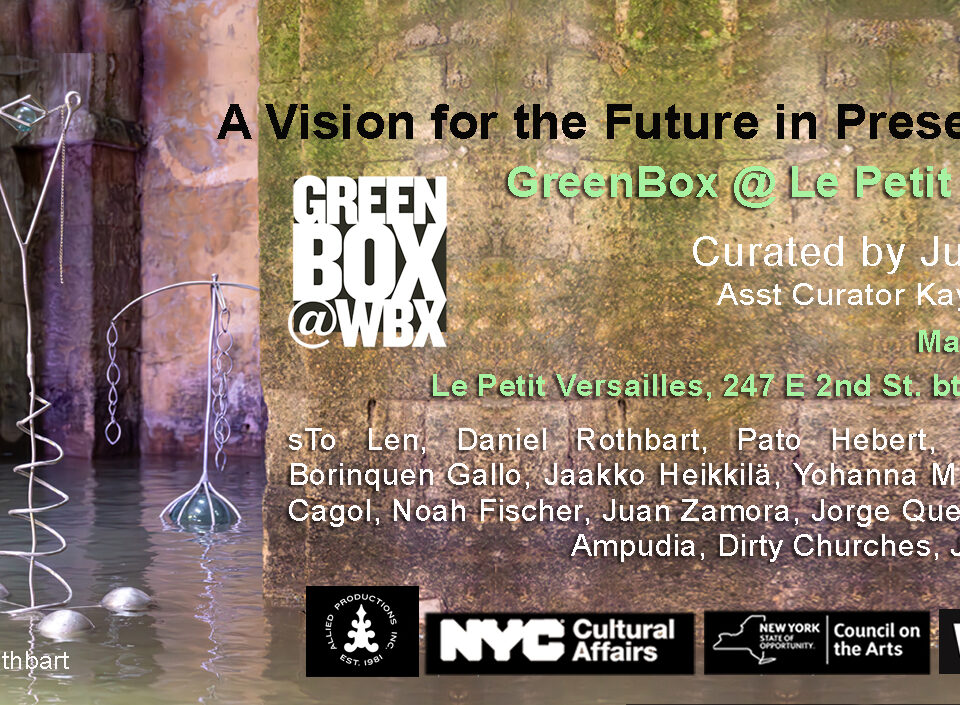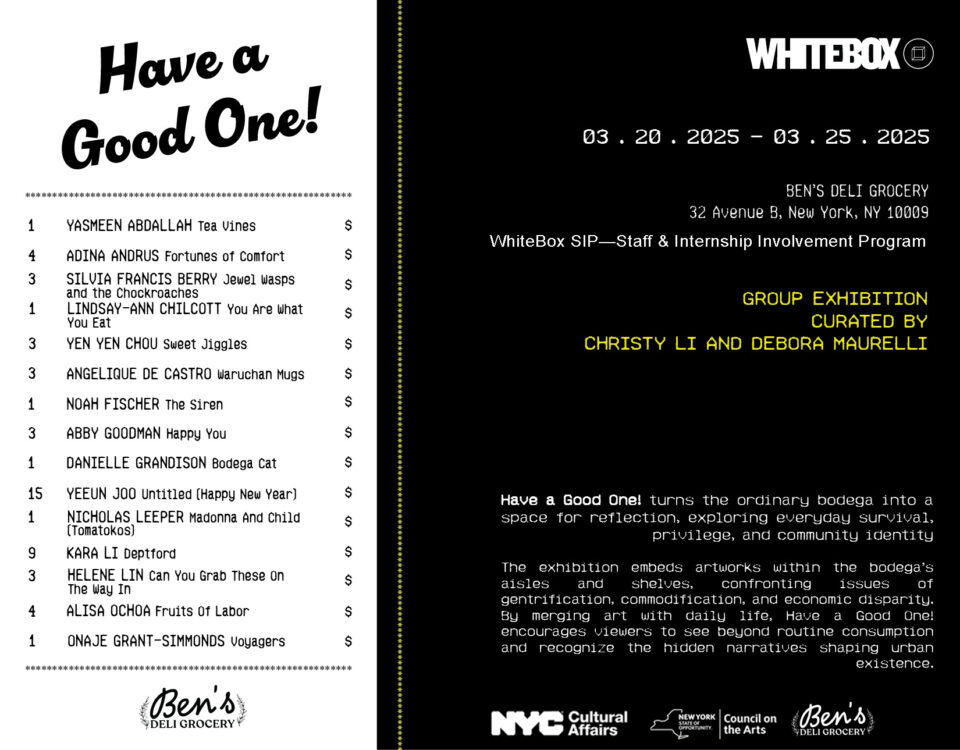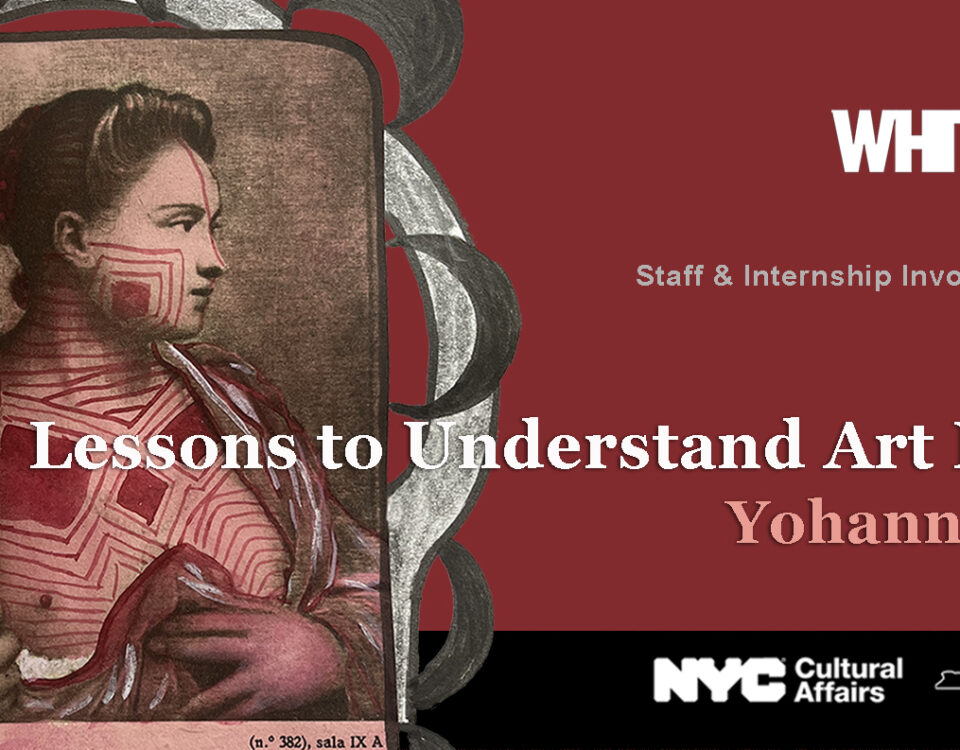
EXODUS VI: Good Trouble: Artists Respond to the 2020 Presidential Election
October 10, 2020
wbxtv: Aesthetics in the Political
November 15, 2020Curated by Kyoko Sato
November 14 – December 6, 2020 | Tue – Sun @ 12-6PM
Nov 21 @ 6-8PM | Opening Reception
Participating Artists:
Asako Iwasawa
Aya Uekawa
Chié Shimizu
Junko Yoda
Kayoko Nakamura
Kazuko Miyamoto
Keiko Miyamori
Kunié Sugiura
Kyoko Hamaguchi
Maho Ogawa
Minako Iwamura
Momoyo Torimitsu
Noriko Shinohara
Sachigusa Yasuda
Tamiko Kawata
Yoko Toda
Yukari Edamitsu
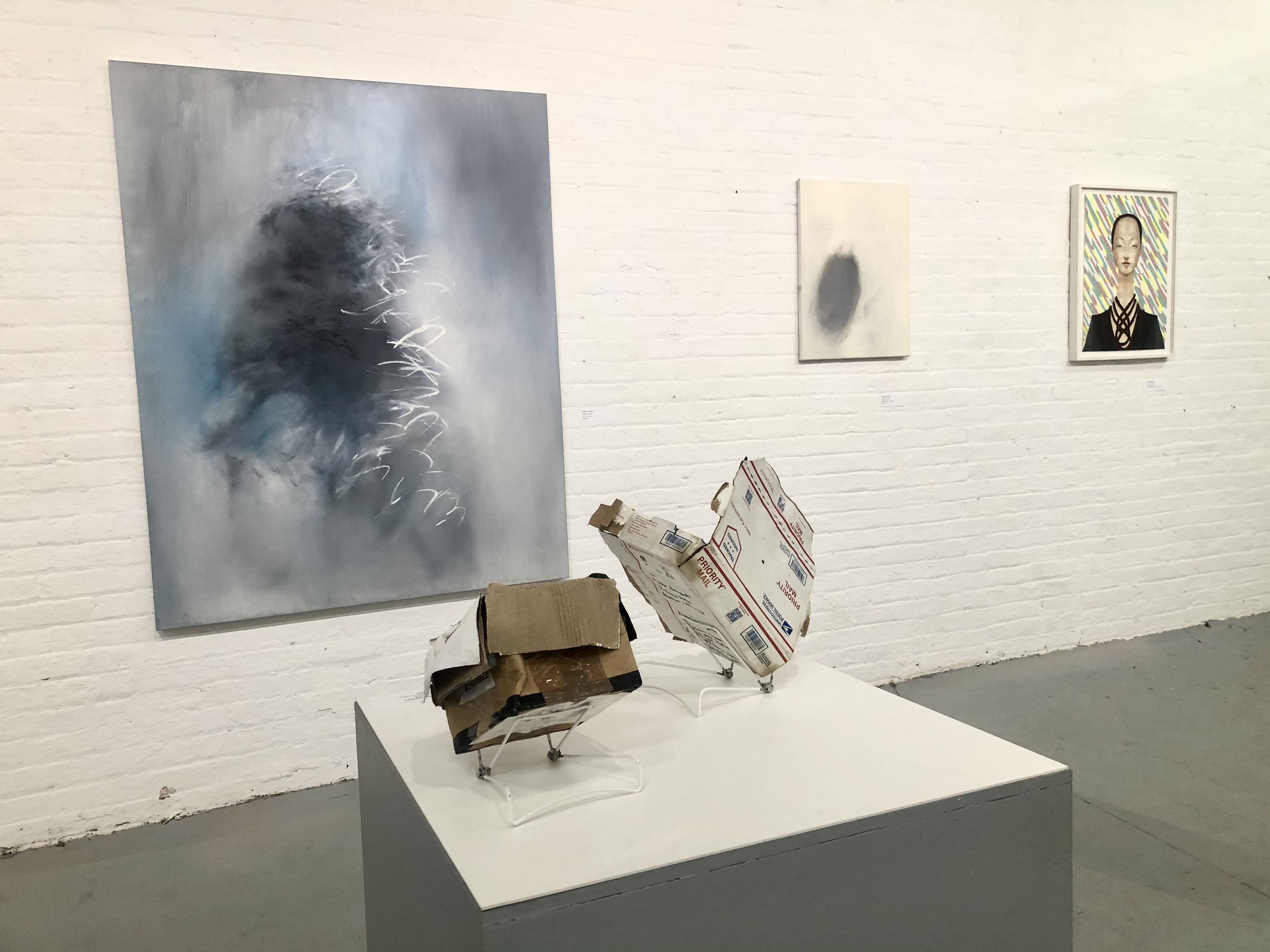
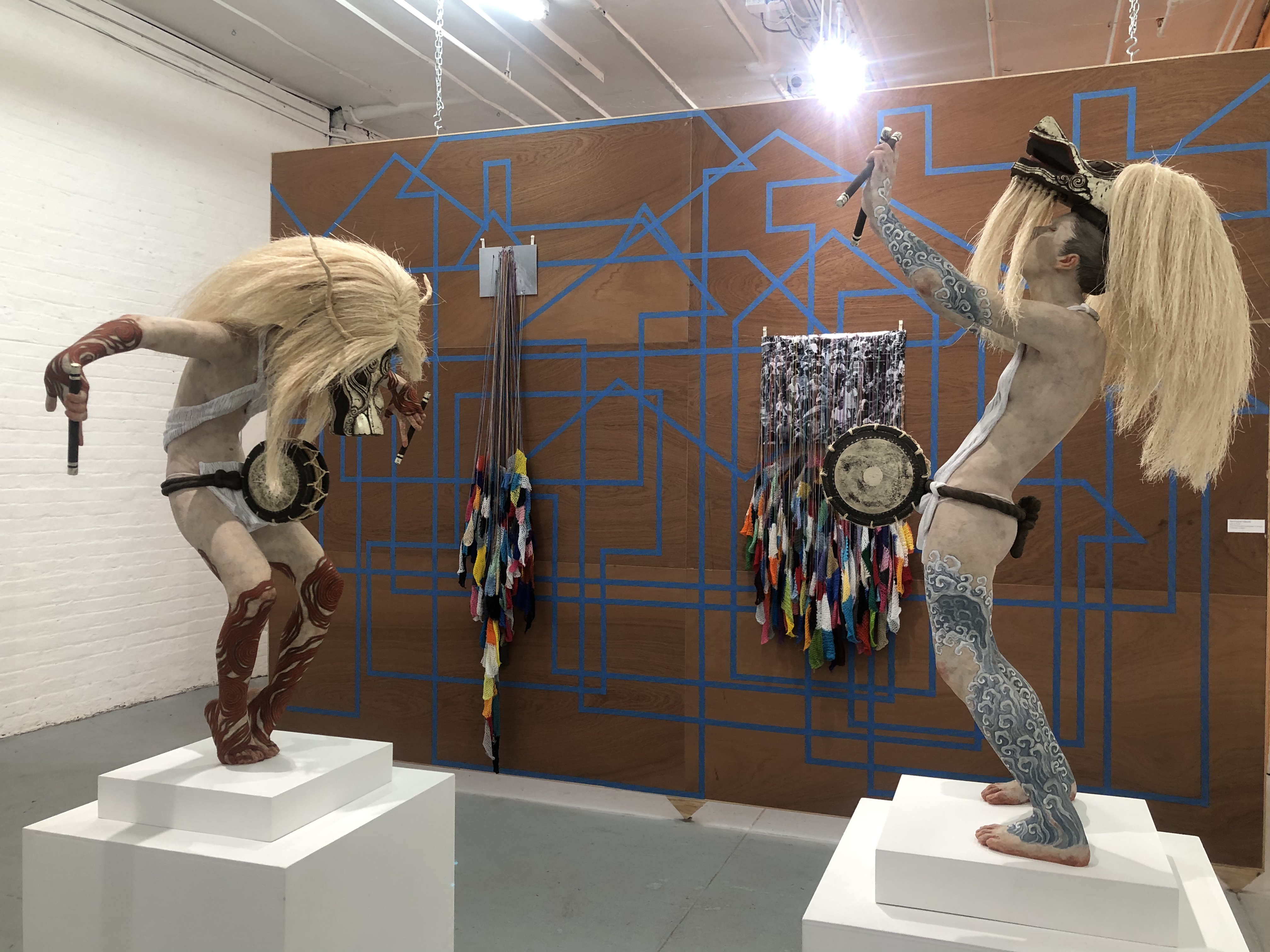
Since Covid-19 kicked off with unseen fury in early Spring 2020, all of our lives in New York City have drastically changed for good. George Floyd’s death triggered the Black Lives Matter movement particularly within our young multiracial generations country-wide reaching its zenith of protests in the Summer months, while by default, incited by anger and disappointment—at times even opportunism— crime increased all around us. Additionally, the most important presidential election in a century is taking place around the corner, in a totally fractured country. Worth remembering, the “Me Too” an unstoppable and remarkable movement preceding the pandemic, happily saw how Time Magazine included two Japanese women as part of their yearly, notorious “The 100 most influential people” of 2020, namely champion tennis player Naomi Osaka alongside Shiori Ito, a seasoned, award winning journalist.
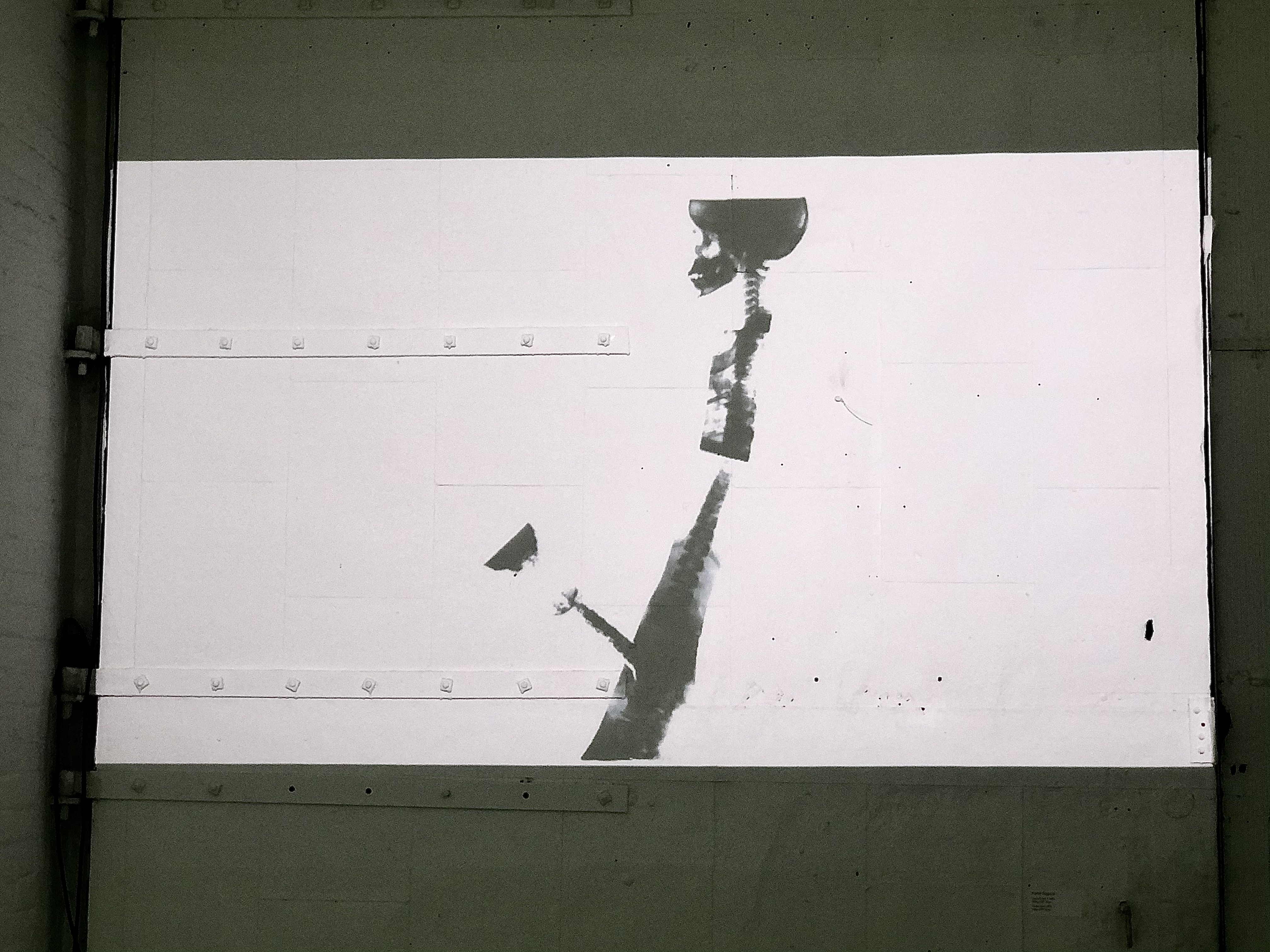
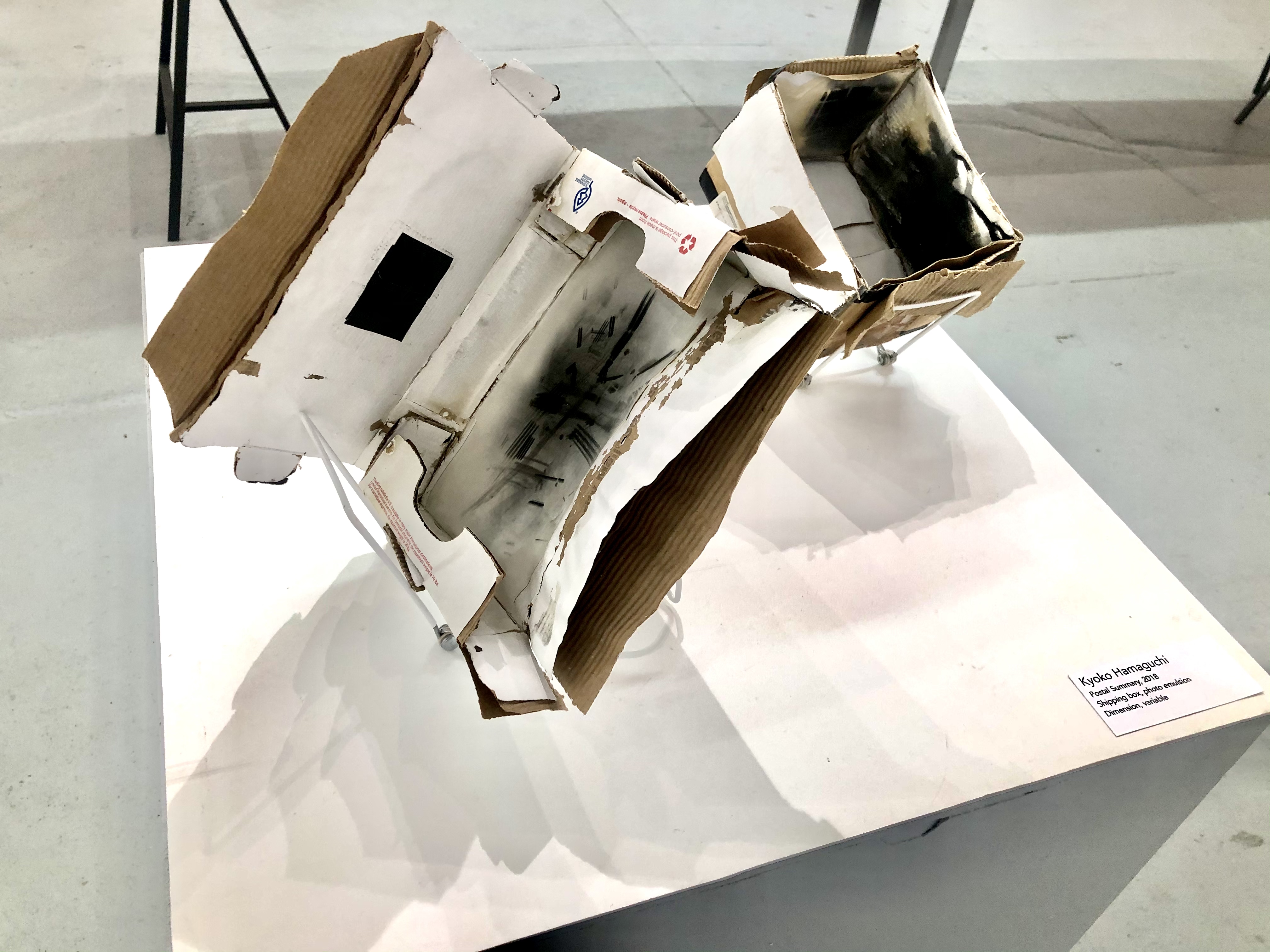
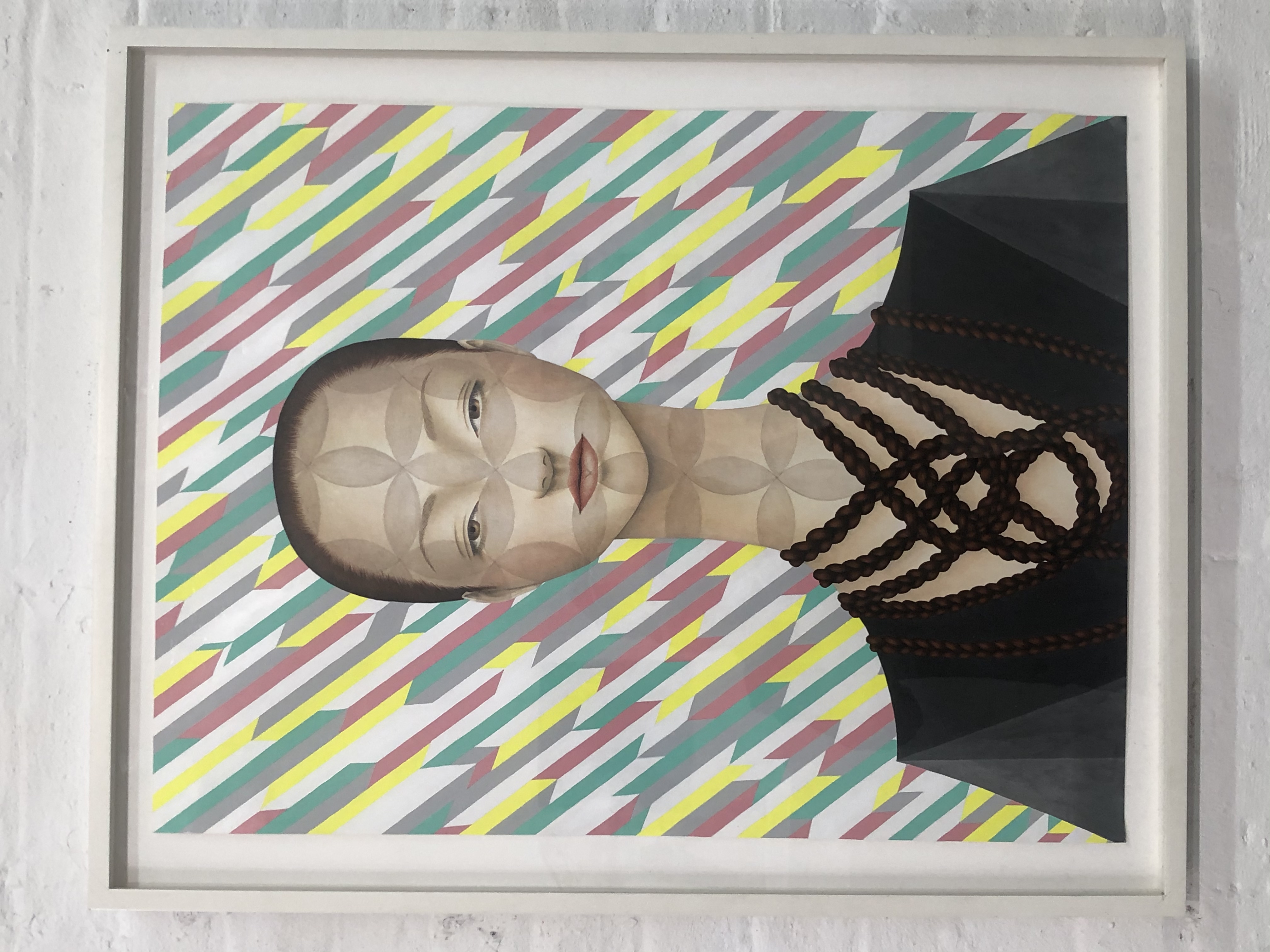
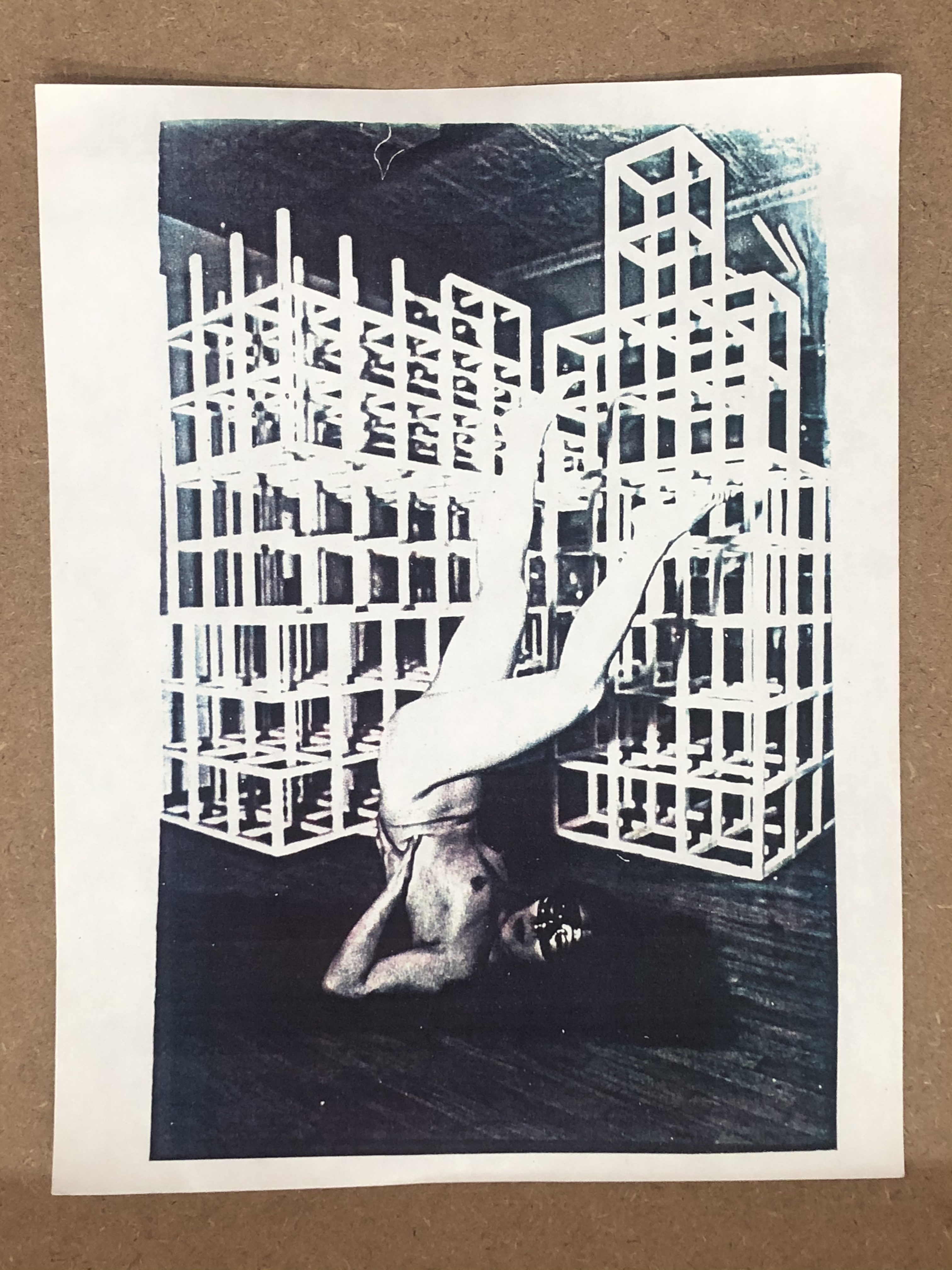
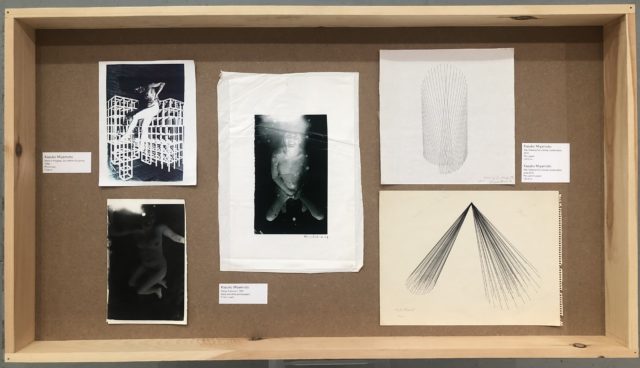
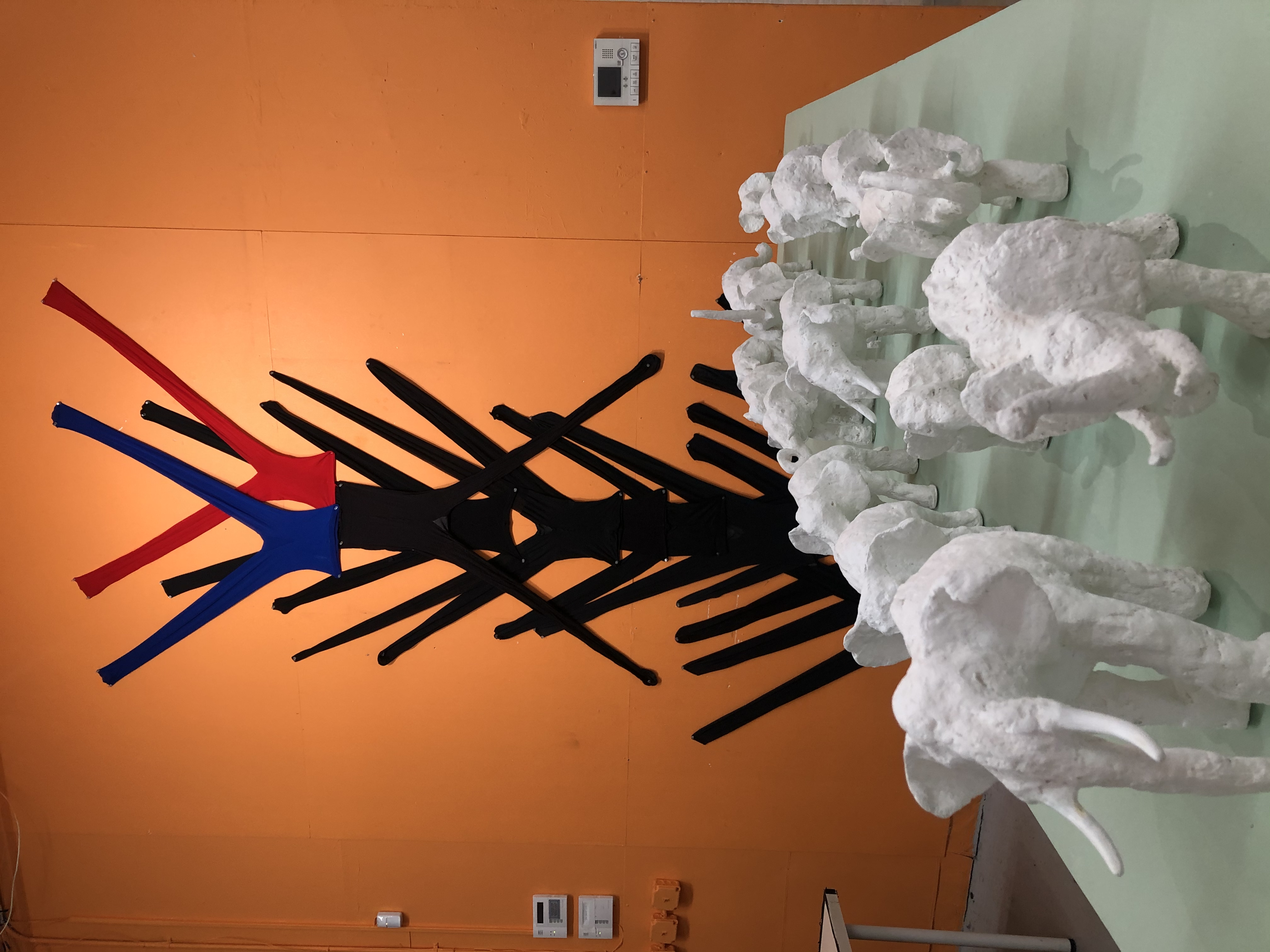
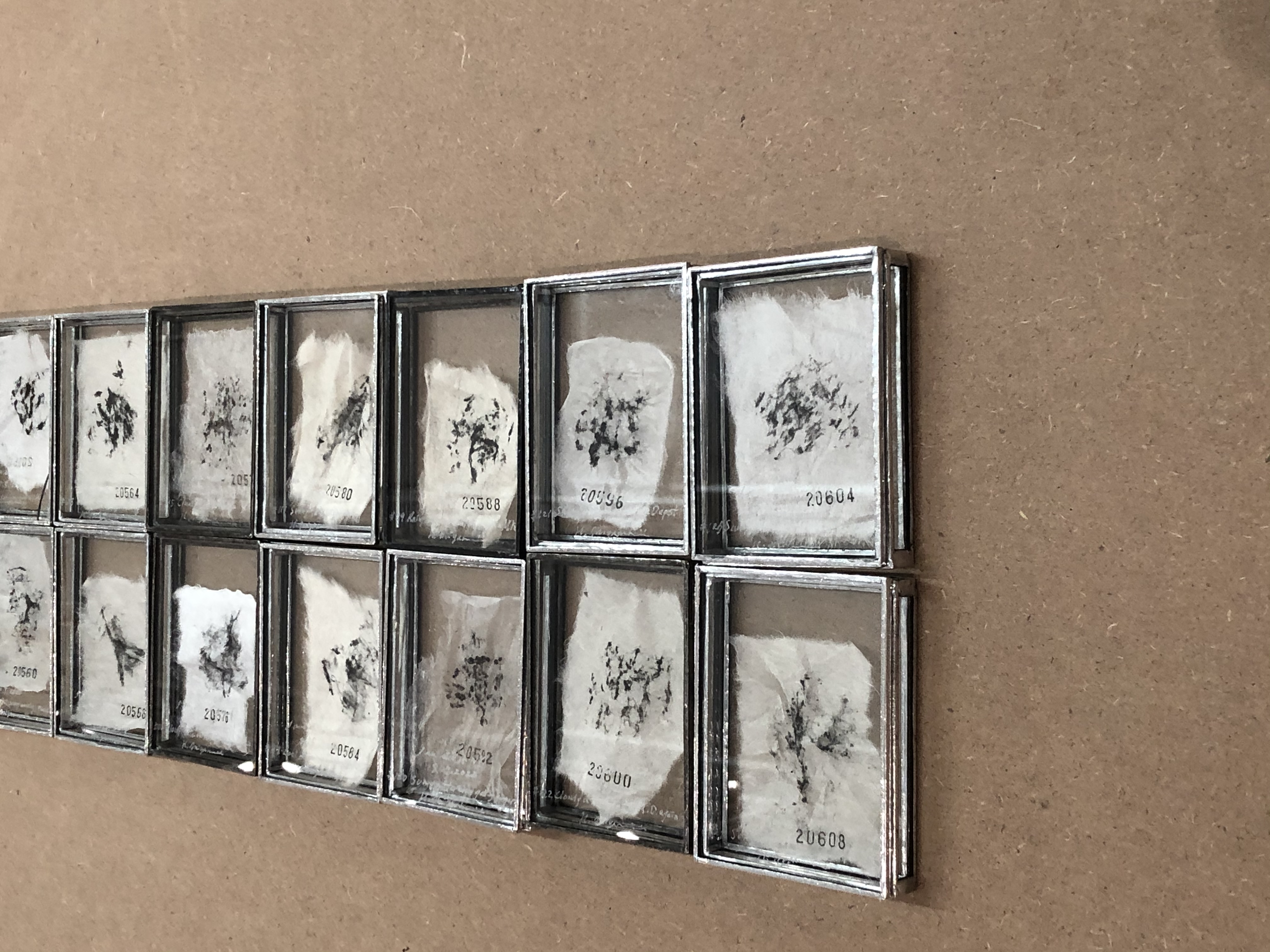
Under such circumstances, all New York based émigré Japanese women artists included in this exhibition have kept, through thick and thin, rain or shine, making art absorbing or inspired by this Metropolis’ complicated social shenanigans of late each with a distinctive, personalized way oftentimes radically fusing Japanese and western visual expressions, always pursuing their singular aesthetics in a time of inescapable deep political divisions in their adopted Republic. This exhibition will showcase recent works made during the corona virus highly constraining pandemic alongside a few key historical art milestones befitting the moment.
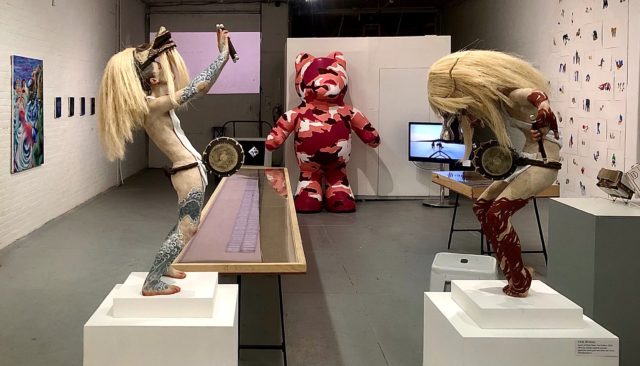
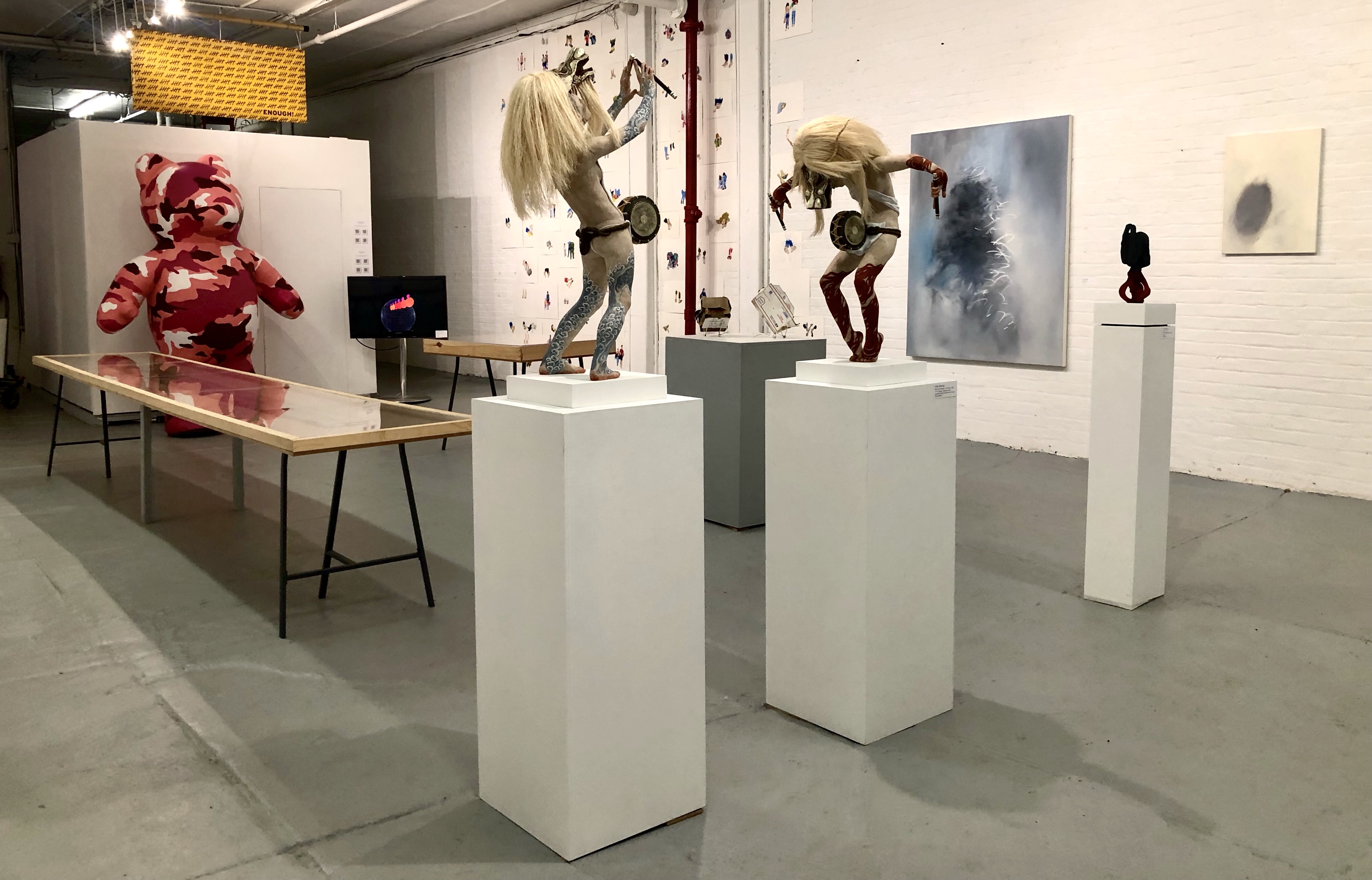
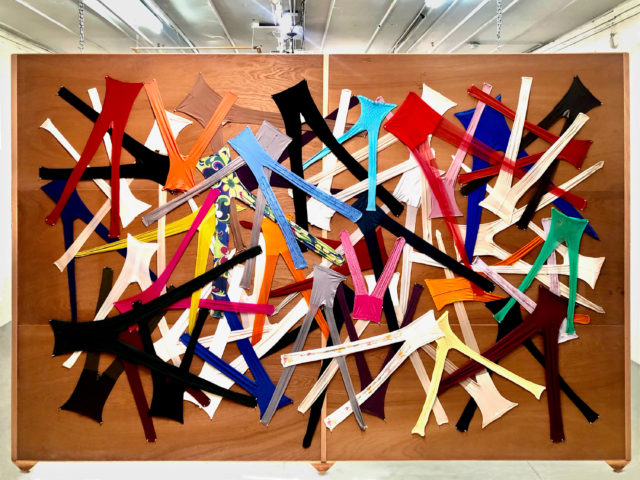
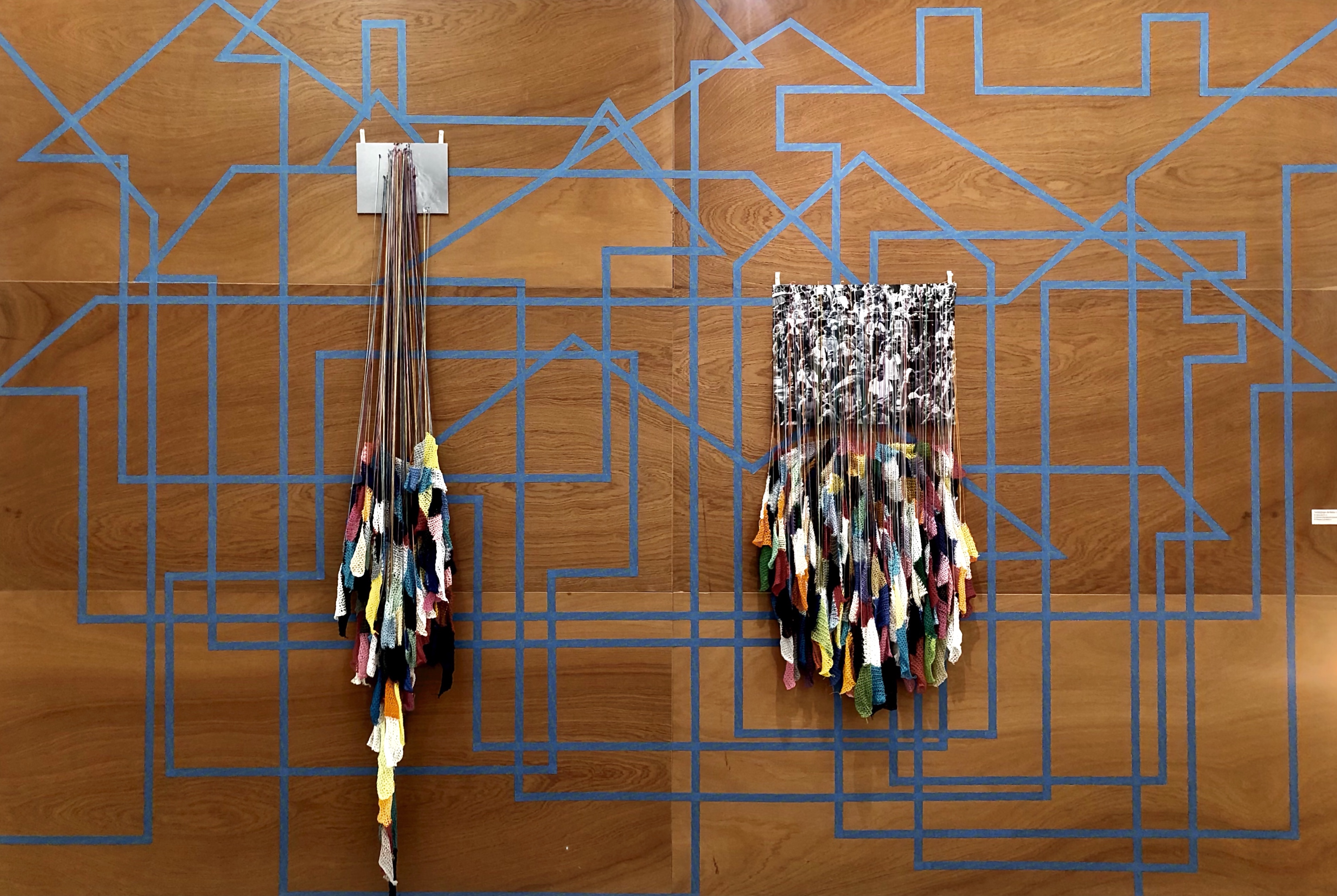
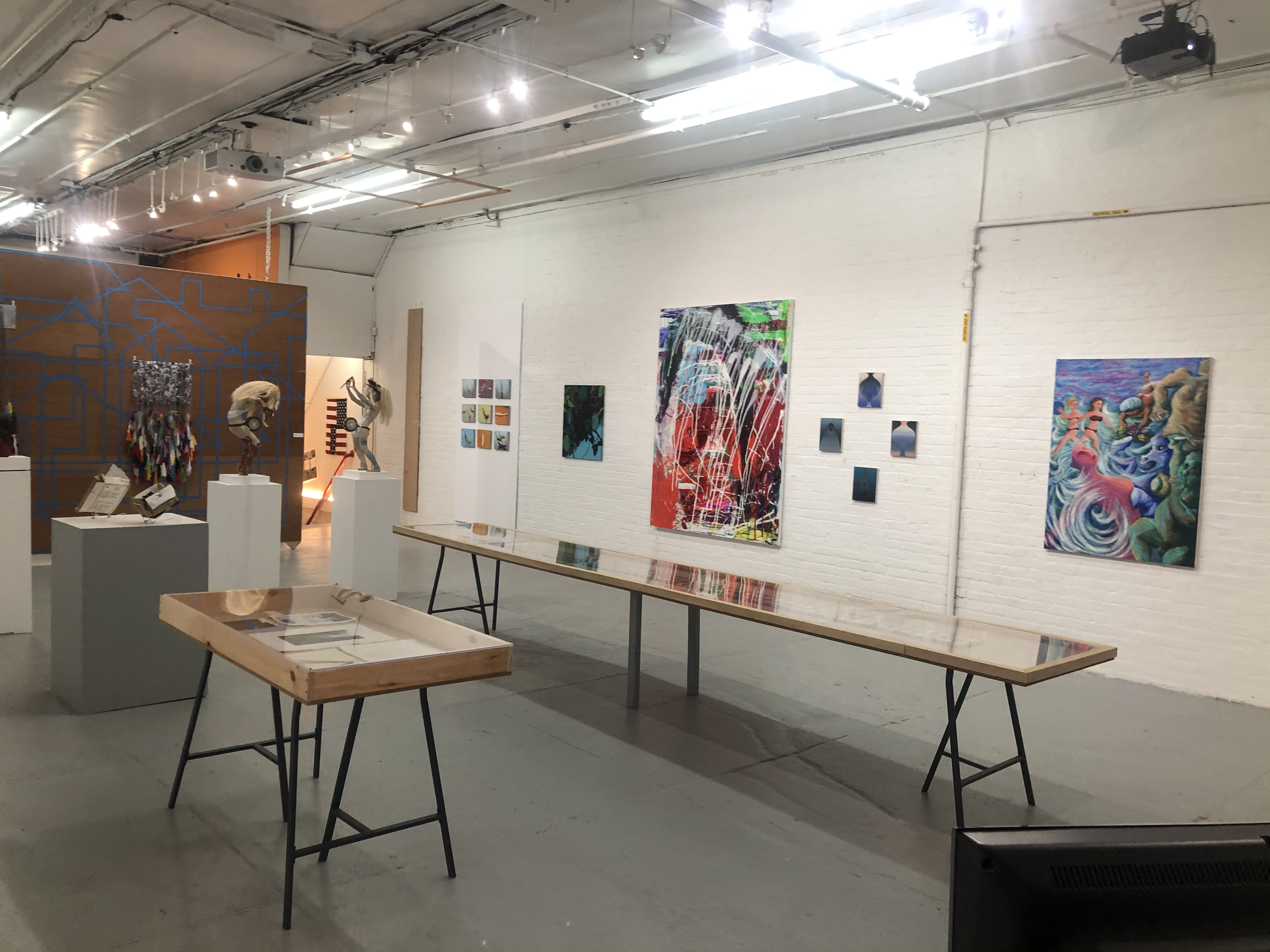
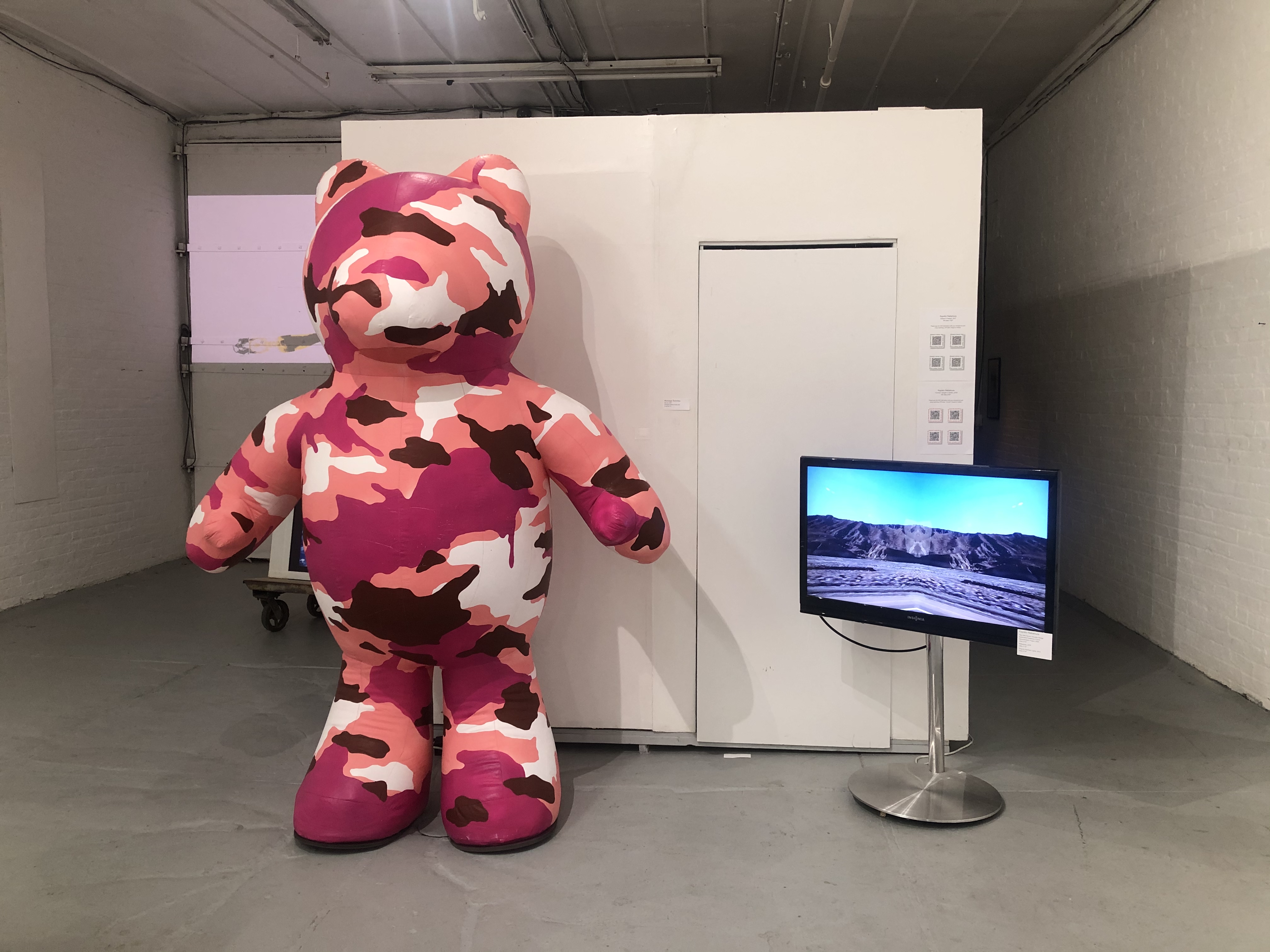
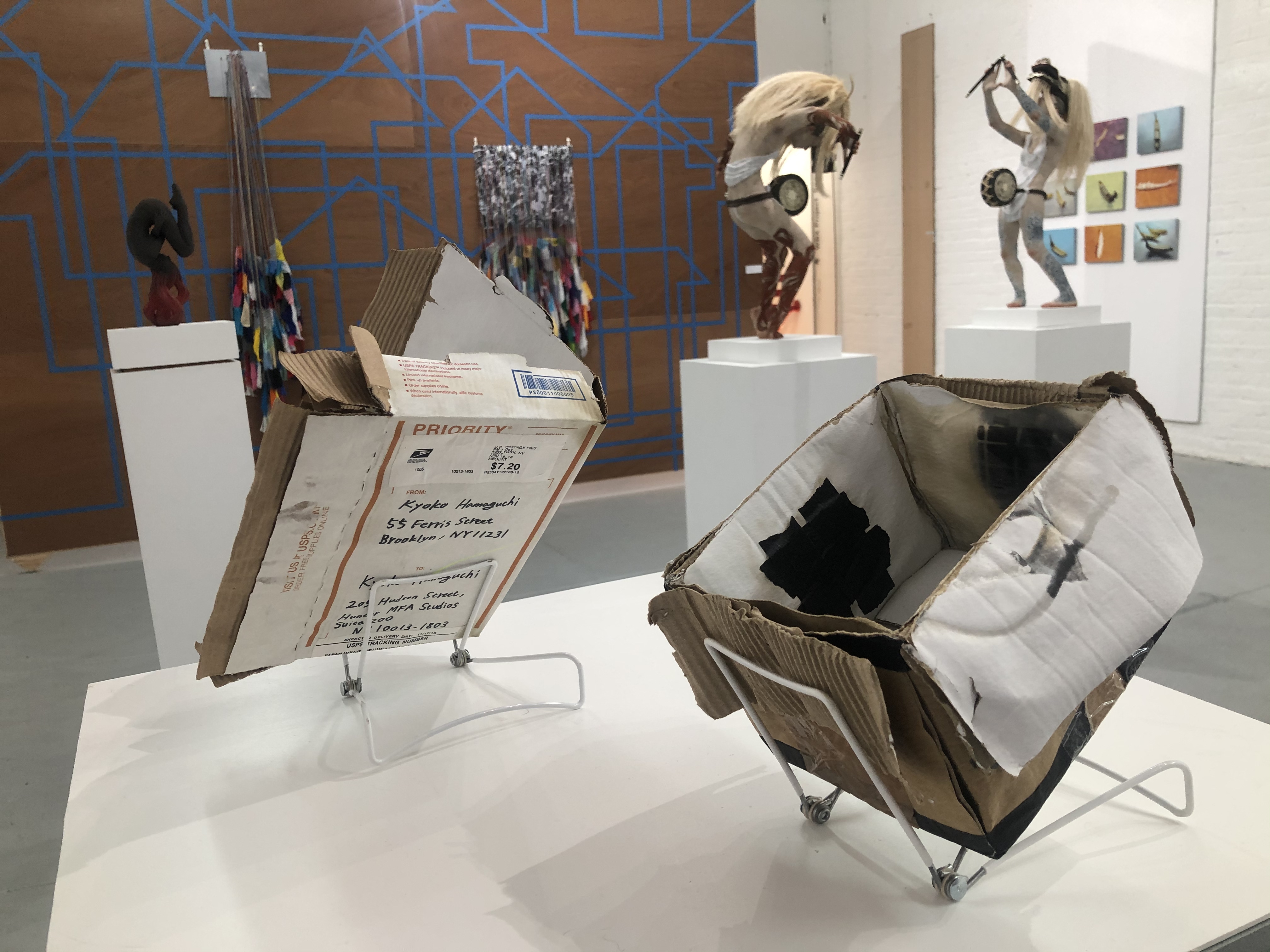
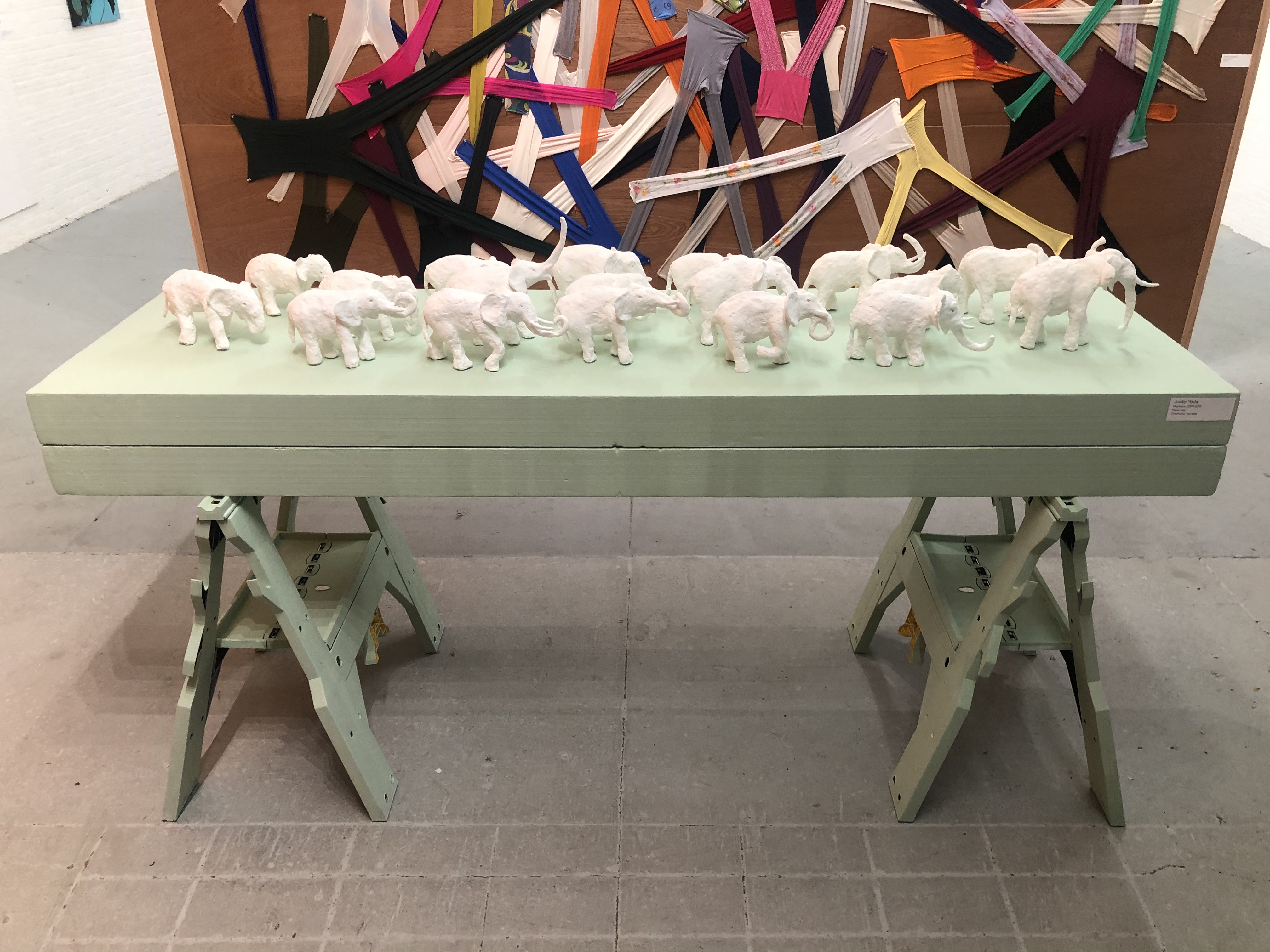
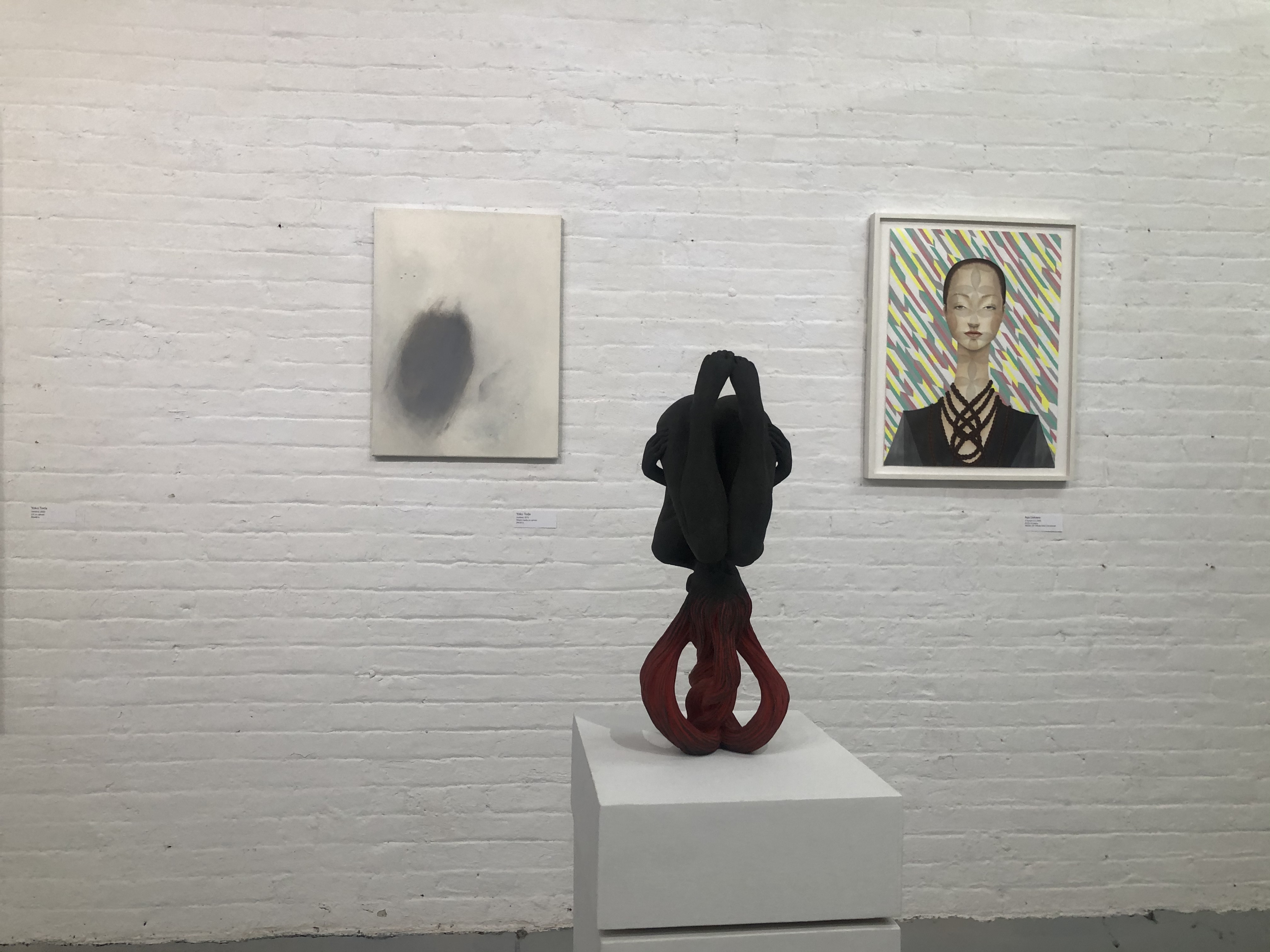
In short, this extraordinary exhibition doubles up as a platform and forum for the examination and discussion of the experience of how art can contribute to the well being of people living trapped in this momentous time while witnessing how Art becomes essential in the process of healing people’s wounded hearts. The succinct women’s artworks presented in this exhibition oblige as a psychological ‘elixir’ to treat society’s paternalistic ills. Kamala Harris, my new hero, when interrupted ad nauseum by Mike Pence in their recent vice presidential debate, was brilliant at cutting him off by staring at him in the eye and sternly, with dignity utter “I am speaking”. This rare and exquisite exhibition regales the viewer with 16 eloquent artists’ voices speaking out their thoughts and postulates on making art within and/or in response to such a dramatic, historically unforgettable New York moment.
Tamiko Kawata (b.1936) represents the senior artist in this exhibition. Kawata migrated to the US in 1962 becoming a lucid artist availed of and renowned for her distinct expressive though minimalist elaborate technique. She plans to recreate an early installation using as material and content the quotidian female “pantyhose” Unhappy with gender inequality in Japan, Kazuko Miyamoto (b.1942) moved to New York in 1968. She served as the first studio assistant to minimalist master Sol LeWitt. Her own installations were notorious using nails and threads, some part of the New York City Metropolitan Museum collection. In line was Kunié Sugiura (b.1942), who thinking of her own personal freedom and potential success as a woman artist went to study photography at the prestigious Art Institute. Her work was selected and curated in the 1970 Whitney Biennial. Art in America portrayed her photographic work “Shinohara” on its cover page, 2002. During this pandemic, interestingly enough, she rummaged through her early work, circa 1993, out of which she has created two new animation works to be premiered in Aesthetics in the Political. Yoko Toda, a remarkable artist of her own, studied in Japan and Italy, in 1970 she was included in “Contemporary Japanese Art: Fifth Japan Art Festival Exhibition” a milestone exhibition curated by Edward F. Fry, traveled from the National Museum of Modern Art, Tokyo, to the Guggenheim Museum, NYC., Civic Center in Philadelphia, and UCLA Museum in Los Angeles.
Junko Yoda (b.1943), in 1966, inspired by the works of Pollock and De Kooning in the exhibition “Contemporary American Paintings” at the National Museum of Modern Art Tokyo, decided to come to New York City where she received a grant from the Pollock- Krasner Foundation. In this exhibition she plans to show her most recent works from her new “Banana Boat” series, homage to Black culture. At the tender age of 19, in 1972, Noriko Shinohara (b.1953) left Japan to study at the Art Student League in NYC. In the film “Cutie and the Boxer” (2013) directed by Zachary Heinzerling, Noriko’s vivid, lovable storytelling paintings earned a significant part of the documentary and delighted many hearts. About the present, in her own words: “For the past seven months, perhaps because I could manage to focus on my work with a quiet mind, these paintings I made radiate a sense of hope against the tremendous turmoil that engulfed the whole world. I now feel courage to continue painting.”
With the support of the Japan Agency of Cultural Affairs, Keiko Miyamori (b.1964) moved to Philadelphia in 1998, then, to New York in 2011.She will present brand new works, charcoal on Washi (Japanese paper). Her art she claims to have been a vehicle to contain mental distress. Momoyo Torimitsu (b.1967) came to New York in 1966 to join the P.S.1 International Studio Program. Eventually exhibited at Jeffrey Deitch gallery. Her work is consistently exhibited the world over.
Sachigusa Yasuda (b.1968) Earned an MFA 1995 from Tokyo University of the Arts. Her succinct artworks concentrate deeply on subject matters related to the 2011 Fukushima Nuclear accident and its whereabouts. Since living in New York City and being an immigrant herself, has been concentrated an dehumanizing issues of migration in the Southern Border with emphasis on the destructive, inhuman policies of separation of children from parents. Chié Shimizu studied alongside Yasuda at the Tokyo University of the Arts continuing her studies in New York from 1997 to 2001. Gifted with the highest Japanese art ‘technique and spirit’, Shimizu’s stunning artworks seduce the viewer with her potent spiritual expressions delighting the New York public with her androgynous approach to her singular figurative sculptures.
Minako Iwamura (b.1967) came to New York as a teenager. In her words: “As we live in a perfect pandemic storm, social economic unease, and political and racial divides, I begun to explore a new series of paintings with the urgency of creating abstract portraits denoting that particular state of mind.” She seems to be pursuing ‘ultimate beauty’ as a woman. Since her student days at Hunter College back in the mid 2000s, Aya Uekawa (b.1979) has been successfully exhibiting in commercial galleries. Her signature works are mysterious women’s figures connected to Feminism, not necessarily meant as ‘resistance’ or even ‘competition’, but portraying ideal notions of Feminism.
Yukari Edamitsu (b.1970) arrived in NYC in 2003 with the support of the Japan Agency for Cultural Affairs. She produces large scale (battlefield) paintings challenging tenets of Abstract Expressionism in its own back yard. The works Nature inspired painting of Asako Iwasawa (b.1949) are relational with and to Ukiyoé (Japanese wood block prints) as well as to certain East and West expressive attitudes contained in the Nature inspired works of Toulouse Lautrec and Henri Rousseau where the floral images denote the inner strength of the creator using Nature as the great communicator. In 2017, Iwasawa won a prominent spot in the Ronin-Globus Artist Residence Program. In 2017 filmmaker/artist Kayoko Nakamura was selected by the First Google VR Jump Start Program for which she created two documentary pieces “Gospel in Harlem” and “Cocolo Gospel in Harlem”. Kyoko Hamaguchi (b.1989) just graduated from MFA Hunter College, under the pandemic, her work was selected by and included in an online exhibition at Hauser & Wirth gallery. Maho Ogawa (b.1978) performs regularly at venues such as the Grey Art Gallery, ISSUE Project Room, and the Judson Memorial Church.
This program is made possible by support from the New York City Department of Cultural Affairs and Jamali Garden

